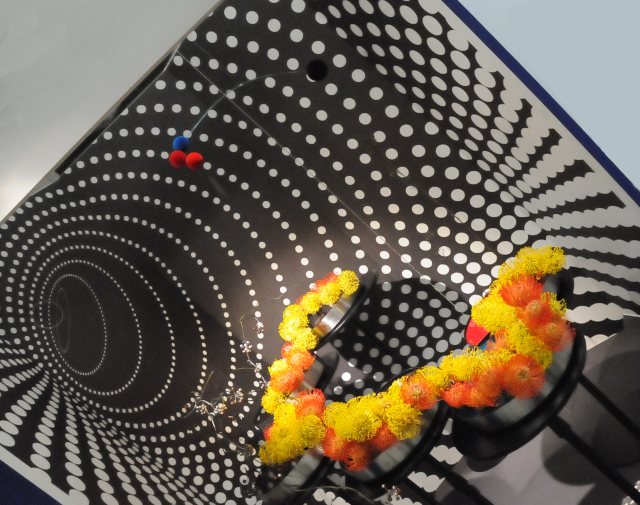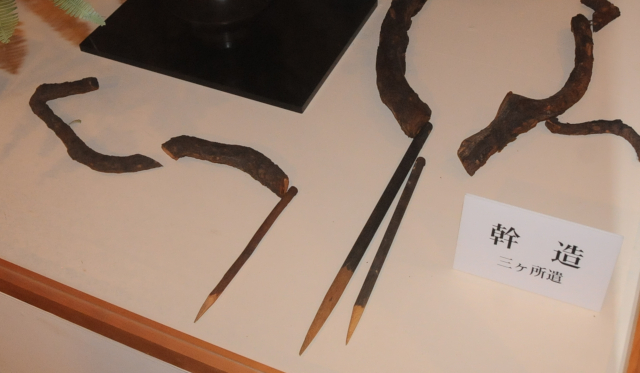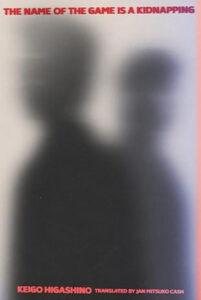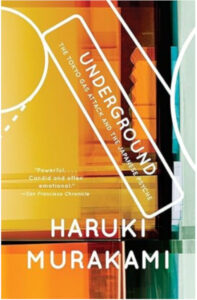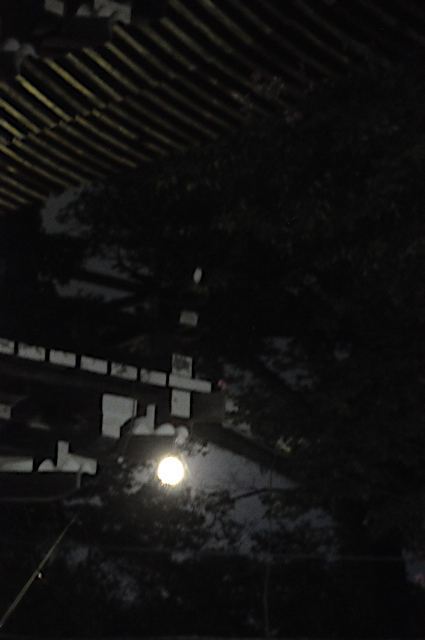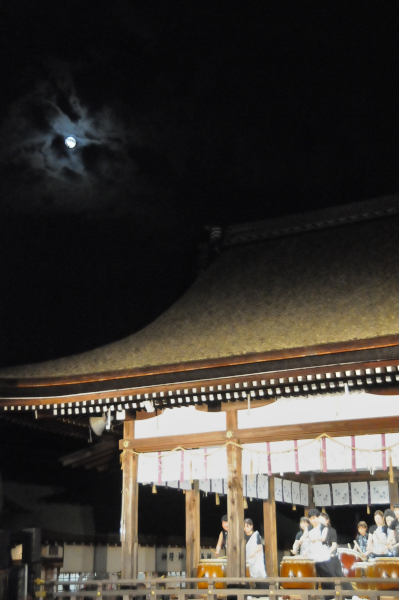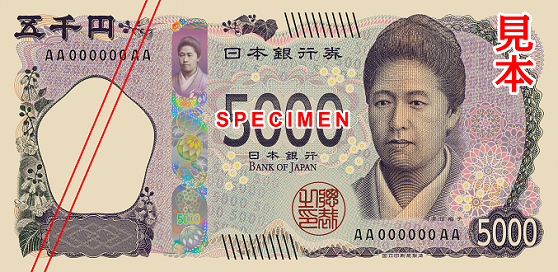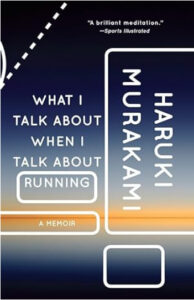Fuminori Nakamura
The Thief is an experienced pickpocket with hunting grounds all over Tokyo. He has honed his craft since childhood and over the years has even developed his own professional ethics: Target only wealthy people, only take the cash (and the occasional watch), drop the wallet into a mailbox after the deed.
His easy-going life is interrupted when his first partner in crime offers him a job: Simply tie up an old man and empty his safe. The Thief reluctantly agrees, and his instincts prove correct when he learns that after he had left the house, the man – a prominent politician – was brutally murdered. Now, the Thief is forced to leave Tokyo, but the person behind the murder may not be shaken off that easily.
This was an enjoyable, fast-paced read, and the unnamed Thief was easy to root for, thanks to his self-imposed moral code and his attempt to keep a poor boy from the neighborhood from following in his footsteps. As an interesting aside, the author poses the question of fate, essentially: “is our fate controlled by something outside of us, or is it our fate to be thus controlled?” While the story itself is quite straightforward, these are the questions that will keep you thinking for a while.
Fuminori Nakamura (a pseudonym) was born in 1977 in Aichi Prefecture and graduated from Fukushima University (Applied Sociology) in 2000. In 2002, his first novel won the Noma Literary Newcomer Award. Since then, he has won numerous prestigious awards for his writing – The Thief earned him the Oe Prize for example – and a number of his books were translated into other languages. Nakamura now lives in Tokyo.
The Thief was his first novel to be translated into English. However, its fairly straightforward style makes the original popular among Japanese students. Whatever language you prefer, the book is available on amazon.






